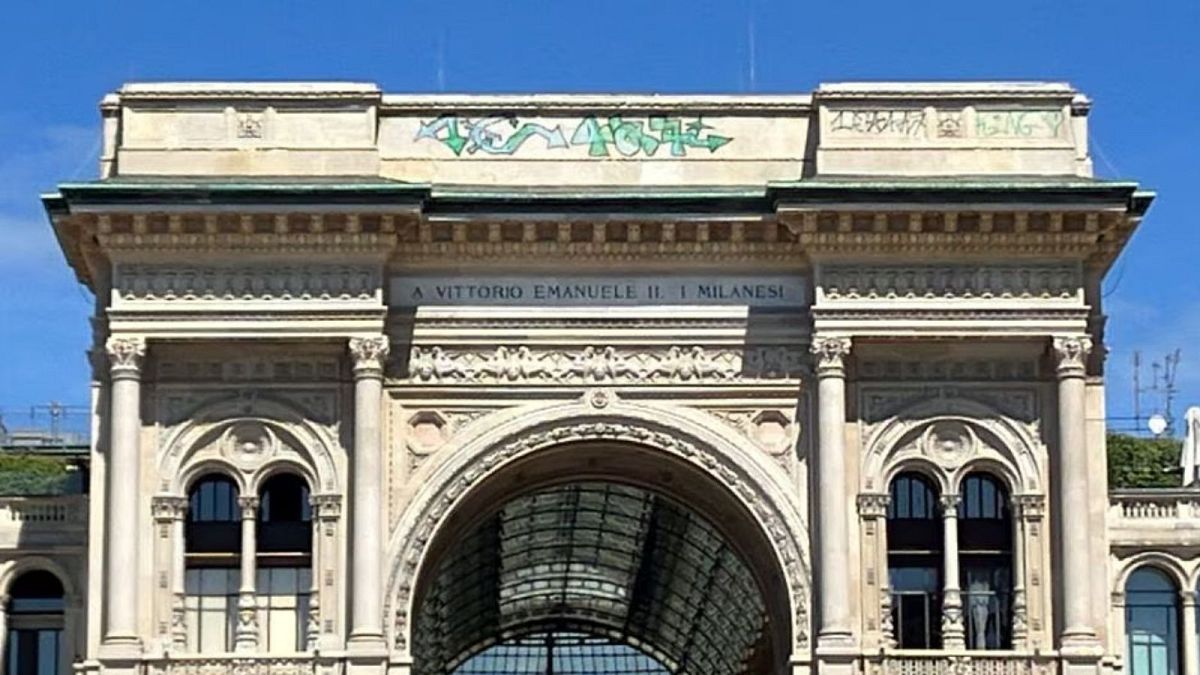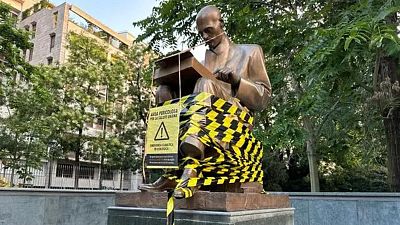In response to the most recent act of vandalism, Italian Minister of Culture Gennaro Sangiuliano said the government is one step closer to passing the so-called “eco-vandalism” law.
After yet another act of vandalism, this time targeting Milan’s famous Galleria Vittorio Emanuele, the Italian minister of culture has announced that the so-called “eco-vandalism” law is expected to pass the in the Chamber and will be codified into law shortly.
In a press release, Gennaro Sangiuliano stated: “Soon, after the approval that took place last month in the Senate, the eco-vandalism bill will be voted on by the Chamber and will finally become law so as to have a stricter and more effective regulatory framework to counteract the disfigurement of our cultural and landscape assets.”
If the law is passed, those found guilty of defacing, damaging or destroying anything the government deems as a “cultural asset” could face hefty fines between €10,000 to €60,000.
Although the law is specifically targeting eco-activists like Last Generation who have sparked controversy across the country for their protests that often target landmarks and art, the law can also be applied to tourists or sports fans who climb on monuments.
High profile cases of vandalism
Over the past year, both activists and tourists have come under fire for defacing Italian monuments and art.
Just this summer, the Colosseum has been vandalized three times by tourists etching their names or initials into the stone of the nearly 2000-year-old theatre.
This month, German tourists toppled a 150-year old statue in the northern Italian region of Lombardy while posing for a picture with it.
Most notably, and the alleged cause for the expected law, are the acts of protest vandalism that have been undertaken by Last Generation. Although they use paint and the damage they cause is not generally permanent, these activists have faced fierce criticism for their protests.
In April, activists poured black paint into the fountain at the foot of the Spanish Steps in Rome while one activist went into the fountain with a banner stating “We won’t pay for fossil.”
In another video that has since gone viral, eco-activists in Florence sprayed the landmark Palazzo Vecchio with orange paint until the mayor of the city physically apprehended and berated them shortly before they were arrested by the police.
Even before the proposed eco-vandal law is passed, the two activists who sprayed paint on Palazzo Vecchio could face between six months to three years behind bars and hundreds of euros in fines under the already existing laws that protect cultural monuments.



